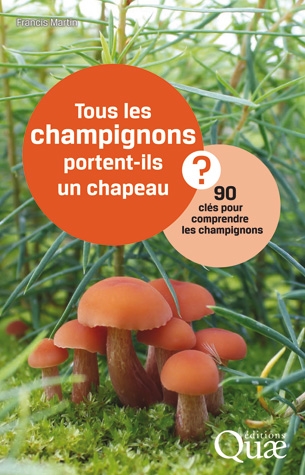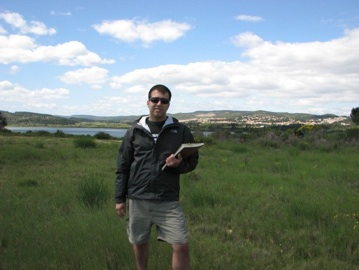Gene expression in mycorrhizal orchid protocorms suggests a friendly plant–fungus relationship
S Perotto, M Rodda, A Benetti, F Sillo, E Ercole, M Rodda, M Girlanda, C. Murat, R. Balestrini. Planta, 1-13
Abstract
Main conclusion
Orchid mycorrhiza has been often interpreted as an antagonistic relationship. Our data on mycorrhizal protocorms do not support this view as plant defence genes were not induced, whereas some nodulin-like genes were significantly up-regulated.
Orchids fully depend on symbiotic interactions with specific soil fungi for seed germination and early development. Germinated seeds give rise to a protocorm, a heterotrophic organ that acquires nutrients, including organic carbon, from the mycorrhizal partner. It has long been debated if this interaction is mutualistic or antagonistic. To investigate the molecular bases of the orchid response to mycorrhizal invasion, we developed a symbiotic in vitro system between Serapias vomeracea, a Mediterranean green meadow orchid, and the rhizoctonia-like fungus Tulasnella calospora. 454 pyrosequencing was used to generate an inventory of plant and fungal genes expressed in mycorrhizal protocorms, and plant genes could be reliably identified with a customized bioinformatic pipeline. A small panel of plant genes was selected and expression was assessed by real-time quantitative PCR in mycorrhizal and non-mycorrhizal protocorm tissues. Among these genes were some markers of mutualistic (e.g. nodulins) as well as antagonistic (e.g. pathogenesis-related and wound/stress-induced) genes. None of the pathogenesis or wound/stress-related genes were significantly up-regulated in mycorrhizal tissues, suggesting that fungal colonization does not trigger strong plant defence responses. In addition, the highest expression fold change in mycorrhizal tissues was found for a nodulin-like gene similar to the plastocyanin domain-containing ENOD55. Another nodulin-like gene significantly more expressed in the symbiotic tissues of mycorrhizal protocorms was similar to a sugar transporter of the SWEET family. Two genes coding for mannose-binding lectins were significantly up-regulated in the presence of the mycorrhizal fungus, but their role in the symbiosis is unclear.



